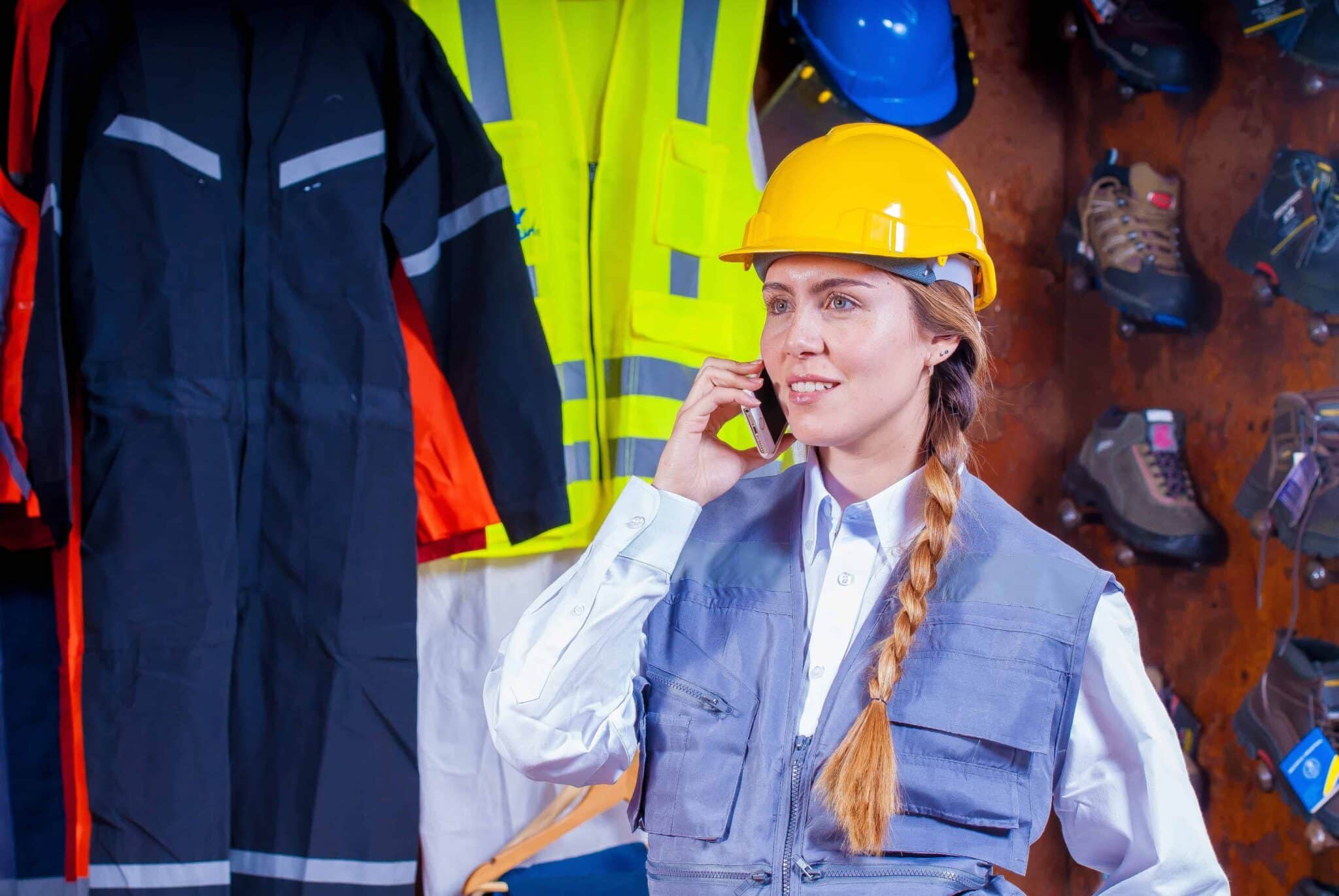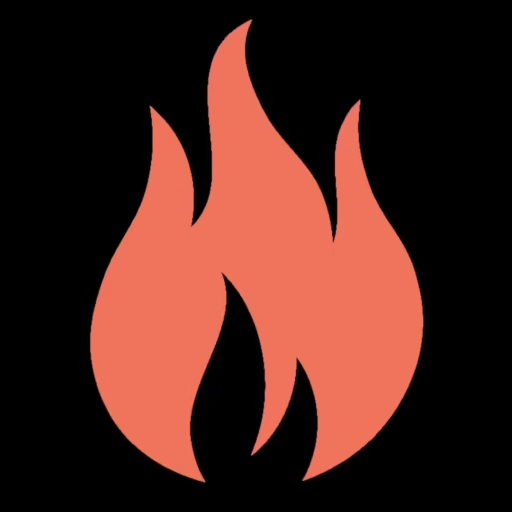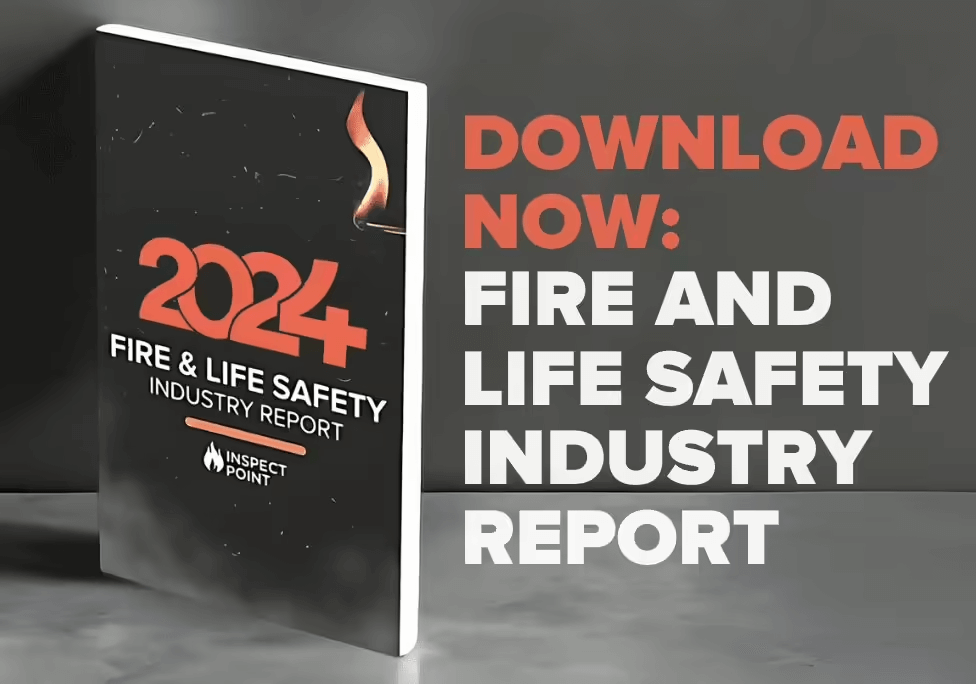
What Happens During the Fire Code Inspection Process?
Every year, commercial buildings must receive inspection and testing in their facilities to make sure it meets the standards of the Life Safety Code. This code is defined by the NFPA in NFPA 101. If you’re unsure what a life safety inspection actually is, it will be hard to prepare for. What inspections are performed and on what systems? What do inspection reports look like and how do you interpret them? We’ve outlined below some of the most essential aspects of a fire and life safety inspection to help you know what to expect.
What is a Life Safety Inspection For?

First and foremost, a life safety inspection is performed to ensure the safety of a building’s occupants. The inspections look at a building’s construction, its fire protection systems, and its operational features that monitor the risks of and protect from fire, smoke, and general panic during emergencies. A building passes an inspection when it meets all of the code requirements of NFPA 101.
NFPA 101 is a code agreed upon by consensus of a team of fire and life safety professionals. The code is revised every 3 years to ensure the standards keep up with changes in technology and best practices. But, the rules and regulations can vary from state to state. Check with your local fire marshal to make sure you know what your building needs for compliance and who you should call on to perform your building’s inspection.
When you have an inspection at your building, you’re not just following the law. You’re ensuring the safety of your employees, clients, and yourself.
What Does a Life Safety Inspection Look at?

While we can’t go through the specific requirements for every state, we can tell you some of the basic things a fire marshal or fire inspection and protection company will look at. Here are some of the usual suspects that must meet inspection requirements:
- Fire Protection and Safety Systems: This includes your sprinkler and alarm systems as well as your emergency lighting, heat and smoke detectors, and more.
- Safety Devices: This includes your fire extinguishers, sprinkler heads, and other fire prevention and life safety devices.
- Building Safety Requirements: This area can vary widely from place to place. This can include exit doors with questions like which way double-doors open in emergency route hallways, as well as questions of clutter preventing access to smoke detectors or fire extinguishers and a host of other variables.
What Happens After the Inspection?
After your official inspection is complete, you’ll receive an inspection report. This will detail any shortcomings the building may have in regards to NFPA 101. These issues must be fixed before a specified date. Different systems and different jurisdictions have different statuses for specific deficiencies. Some issues may be marked as urgent, for immediate repair. Others may have greater flexibility to be corrected within a longer timeframe. Following these correction, you’ll receive another inspection to ensure the building now meets all the fire and life safety codes.

Meeting these codes makes a building safer for its occupants, visitors, and owners. 40% of buildings that suffer a fire do not reopen their doors. Not only are costs to rebuild high, but there are many additional costs when recovering from a destructive fire. This includes fixing smoke damage, repairing structural integrity, reinstituting fire and life safety systems, and much more.
How to Get the Best Life Safety Inspection Possible

One of the best ways to ensure your building is as safe as possible from fire is to hire a professional fire inspector or technician with the best tools available. And one of the best tools an inspector can use is Inspect Point’s software. An inspector using Inspect Point has access to the latest, full issue of NFPA 101 at their fingertips. They’ll never miss any detail when completing an inspection using the Inspect Point platform.
If you want the best possible fire and life safety inspection, ask your fire inspector if they’re using Inspect Point.
Prepare for your Next Life Safety Inspection
Hopefully, this article gives you some valuable insight into your next life safety inspection. Know how to prepare and what to look out for. When you have an inspection at your building, you’re not just following the law. You’re ensuring the safety of your employees, clients, and yourself, and improving everyone’s quality of life. So face your next inspection with no fear, and make sure to ask if your inspector is using Inspect Point!

